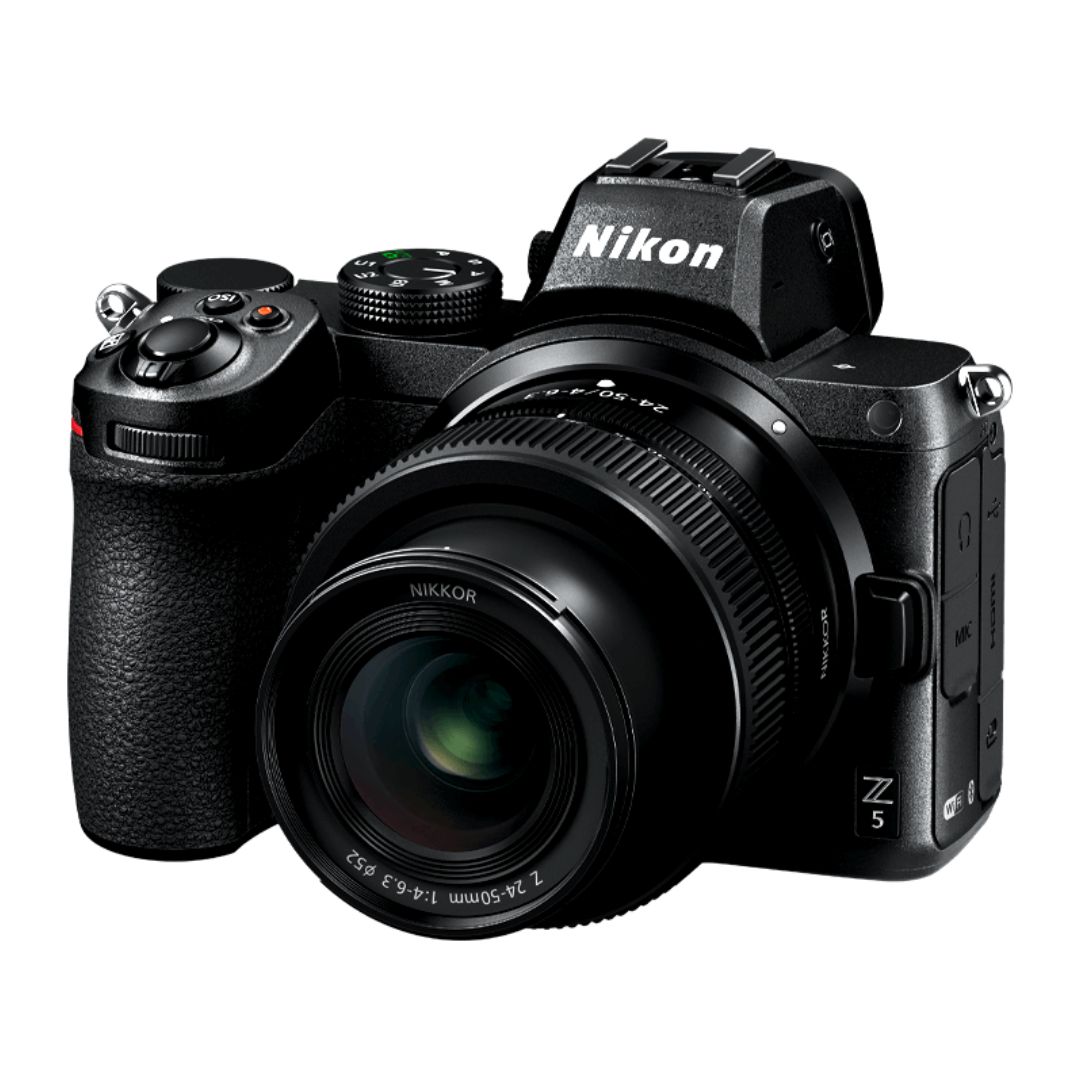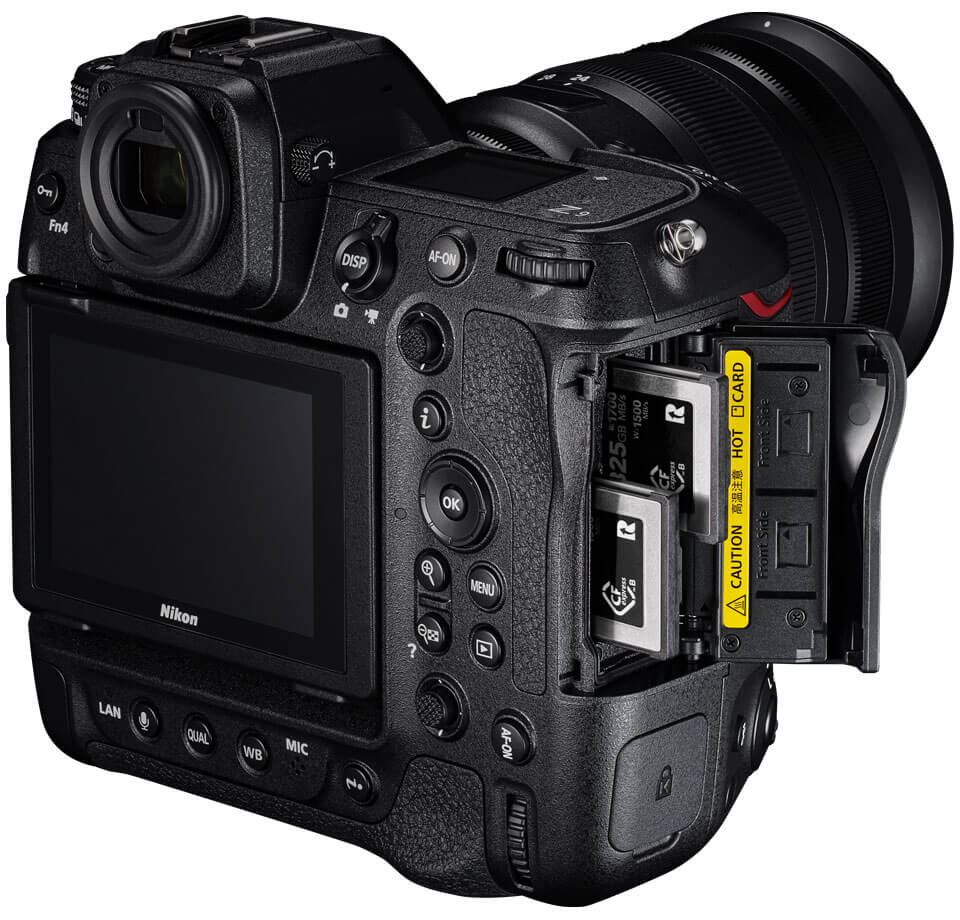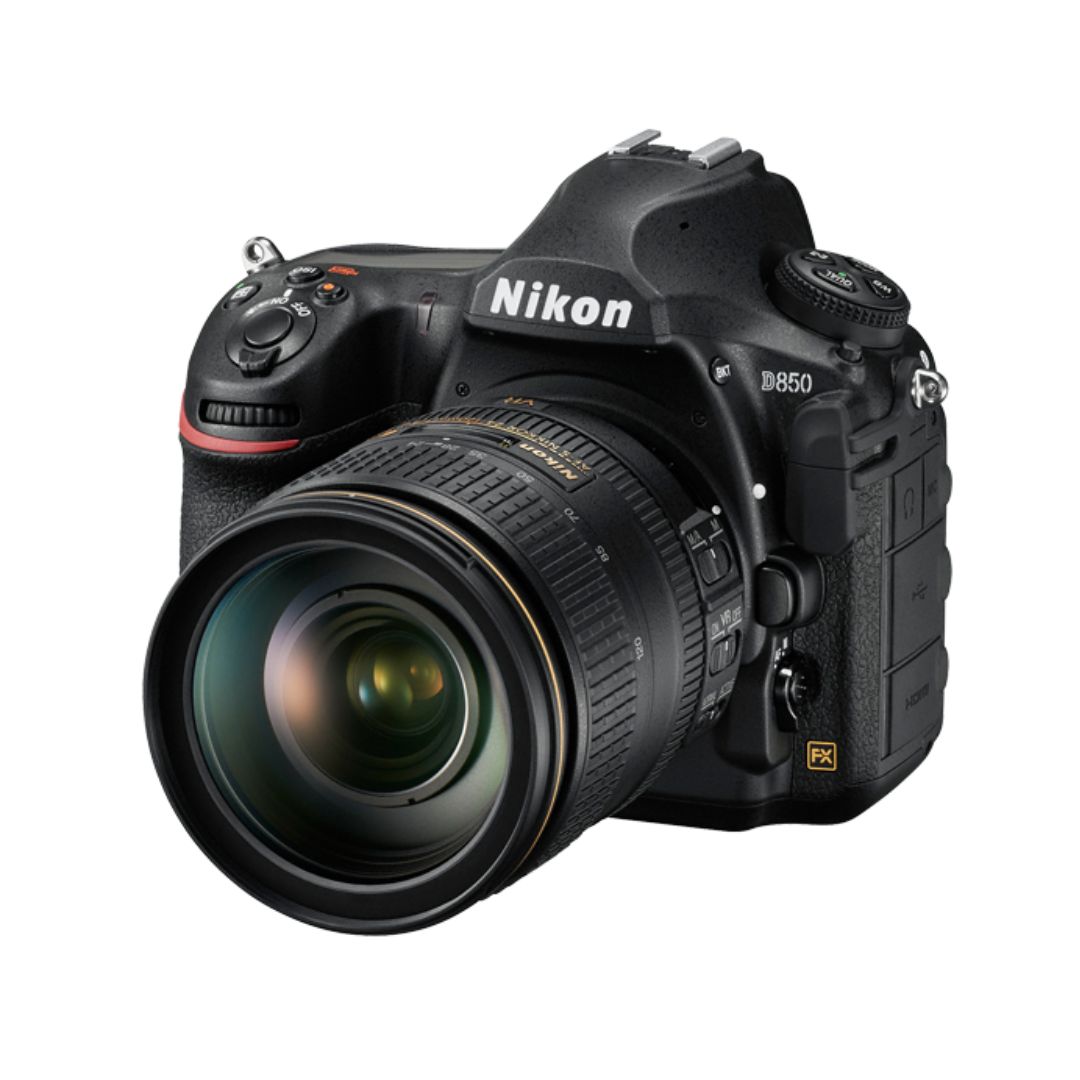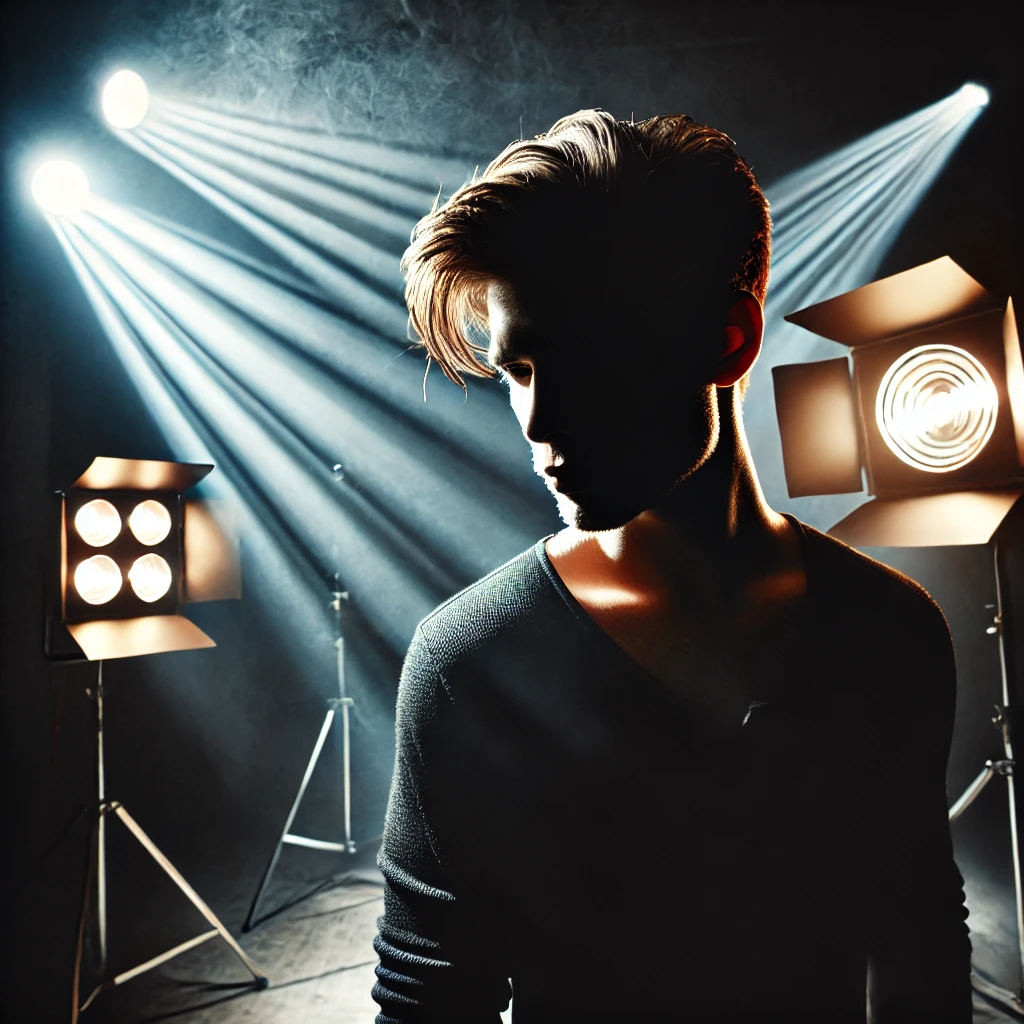Dramatic photography is all about using light and shadows to create a striking, emotional impact. The right balance of illumination and darkness can add depth, mystery, and intensity to your photos. Whether you’re capturing portraits, landscapes, or still life, mastering shadows and light will elevate your photography skills.
In this article, we’ll explore the best techniques to harness light and shadows for stunning dramatic photography.
Understanding Light in Photography
Light is the essence of photography. Before diving into dramatic effects, it’s essential to understand how light behaves.
- Types of Light Sources
- Natural Light: Sunlight at different times of the day affects mood and contrast.
- Artificial Light: Studio lights, lamps, and LEDs allow controlled illumination.
- Candlelight & Firelight: Adds warmth and an old-world charm.
- Light Quality
- Hard Light: Creates sharp shadows, ideal for high-contrast dramatic effects.
- Soft Light: Diffused lighting reduces harsh shadows, making it suitable for subtle drama.
- Directional Light: Enhances textures by creating depth and shape.
Understanding Shadows in Photography
Shadows play an equally crucial role in adding dimension and intensity to images.
- Types of Shadows
- Deep Shadows: Increase mystery and contrast.
- Soft Shadows: Create a more subtle, moody effect.
- Silhouettes: Strong backlight results in dark outlines of the subject.
- How Shadows Affect Mood
- Dark, intense shadows: Evoke feelings of mystery and tension.
- Soft, flowing shadows: Provide a dream-like, artistic quality.
- Partial shadows: Add an element of intrigue and storytelling.
Techniques to Create Dramatic Photography
1. Chiaroscuro Lighting (High Contrast Light and Shadows)
Inspired by Renaissance paintings, chiaroscuro creates depth with extreme contrast between light and dark areas.
- Position a single light source at an angle.
- Avoid front lighting for more depth.
- Use a black background to enhance contrast.
2. Low-Key Lighting for Mystery
Low-key lighting involves using minimal light to keep most of the frame dark.
- Use a softbox or directional light.
- Keep the background dark.
- Increase contrast in post-processing to refine shadows.
3. Backlighting for Silhouettes
Backlighting enhances subject outlines while keeping details hidden.
- Place a strong light source behind the subject.
- Use a narrow aperture (f/8 or higher) for sharper edges.
- Underexpose slightly to enhance silhouette effects.
4. Rim Lighting for a Cinematic Look
Rim lighting separates the subject from the background with a glow around the edges.
- Position the light source behind or slightly to the side.
- Use a reflector or additional fill light to control contrast.
- Works well for portraits and moody fashion photography.
5. Using Shadows for Framing
Shadows can act as a natural frame to draw focus to the subject.
- Look for objects casting shadows over your subject.
- Adjust positioning to balance light and shadow areas.
- Works well with architectural and street photography.
Camera Settings for Dramatic Photography
Choosing the right settings is crucial for achieving dramatic effects.
- ISO: Keep it low (100-400) to avoid noise in shadows.
- Aperture: Wider apertures (f/1.8 – f/2.8) for soft, moody light; narrow apertures (f/8 – f/11) for sharp contrast.
- Shutter Speed: Faster speeds (1/250s and above) freeze harsh shadows; slower speeds capture moody, soft effects.
- White Balance: Adjust for warm or cool tones to enhance mood.
Post-Processing for Dramatic Effects
Editing plays a significant role in enhancing shadows and light.
- Increase Contrast: Boosts the difference between highlights and shadows.
- Dodge & Burn: Lightens or darkens specific areas for emphasis.
- Desaturation: Muted colors can enhance drama.
- Vignette Effect: Darkens edges to draw focus to the center.
Conclusion
Dramatic photography requires a deep understanding of how light and shadows interact. By experimenting with different light sources, shadow placements, and camera settings, you can create compelling, moody photographs that captivate your audience.
Ready to enhance your photography skills? Start practicing these techniques today and watch your images transform!

Sony Alpha a7 IV: The Ultimate Camera for Photography

Nikon Z5 Review: Is It Worth It?
-

Nikon Z9 : Game-Changer for Photography
-

Top Features of Nikon D850 That Make It Ideal for Portfolio Shoots
Sony Alpha a7 IV: The Ultimate Camera for Photography
Explore the Sony Alpha a7 IV in this complete 2025 review. Learn how its pro-level features, real-world performance, and hybrid flexibility make it the ultimate camera for photography across genres like portraits, weddings, travel, and commercial work. Table of Contents Section 1: Introduction – Why the Sony Alpha a7 IV Stands Out The Sony Alpha…
Nikon Z5 Review: Is It Worth It?
In 2025, photographers—whether hobbyists, content creators, or professionals—seek equipment that blends value, performance, and future-readiness. Enter the Nikon Z5, a full-frame mirrorless camera marketed as a gateway to high-end imaging without a flagship price tag. But how well does it hold up under real-world demands like studio shoots, weddings, landscape adventures, and lifestyle photography? In…
Nikon Z9 : Game-Changer for Photography
Discover why the Nikon Z9 is considered a true game-changer for photography. This in-depth Nikon Z9 review explores key features, real-world performance, and how it excels in professional photo shoots in 2025. Table of Contents 1. Introduction The photography world witnessed a significant shift with the launch of the Nikon Z9, a flagship mirrorless camera…
Top Features of Nikon D850 That Make It Ideal for Portfolio Shoots
Discover why the Nikon D850 is the ultimate DSLR for portfolio shoots. Explore its top features—from resolution and dynamic range to autofocus precision and workflow speed—that help photographers create stunning, high-impact images for professional portfolios. Whether you’re a portrait artist, fashion photographer, or visual storyteller, a portfolio shoot demands technical excellence, creative flexibility, and uncompromised…
Candid Moments with Canon EOS R10: Lightweight & Reliable
In the evolving world of mirrorless photography, the Canon EOS R10 stands out as a lightweight yet powerful camera tailored for real-life storytelling. Whether you’re photographing street scenes, family gatherings, weddings, or spontaneous portraits, capturing genuine emotion requires a responsive and discreet tool. This article dives deep into how the Canon EOS R10 excels in…
Bold Portraits with Canon EOS R5: Is It the Best for Work?
Studio photography has always demanded precision, artistry, and impeccable gear. As the expectations for commercial portraits, fashion campaigns, and editorial work continue to rise, the tools we use must evolve. Enter the Canon EOS R5, a camera that has stirred the professional waters with its impressive technical specs and forward-thinking design. In this comprehensive Canon…


